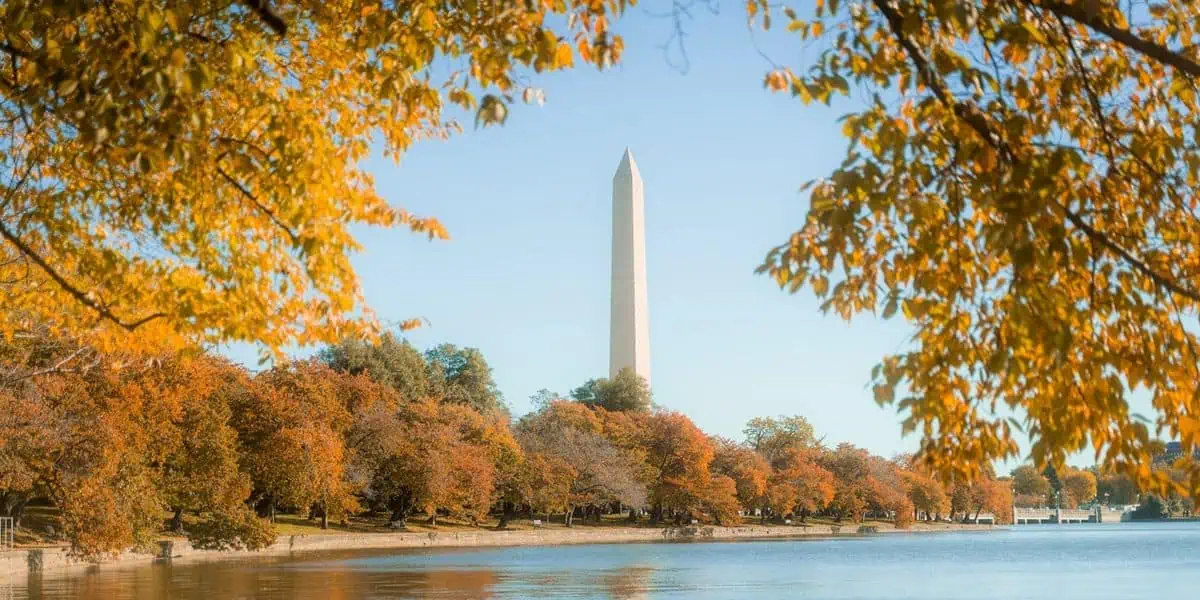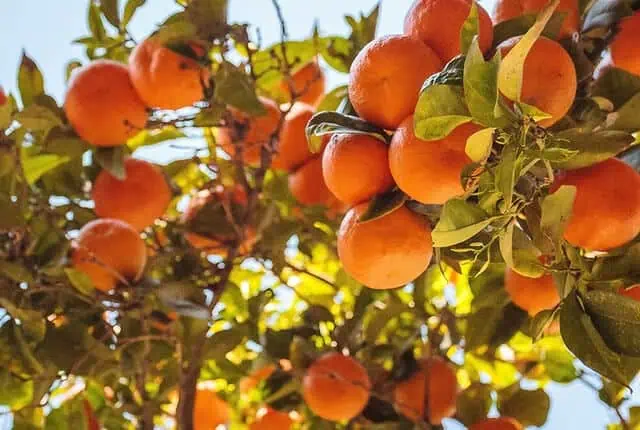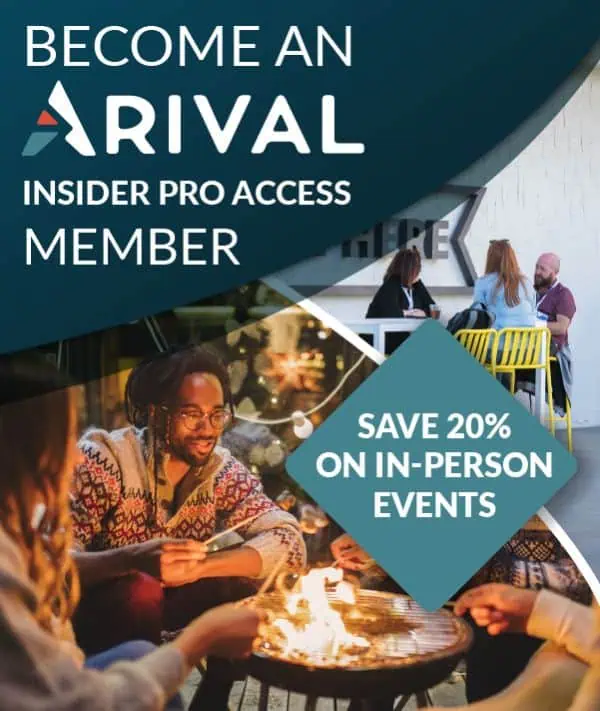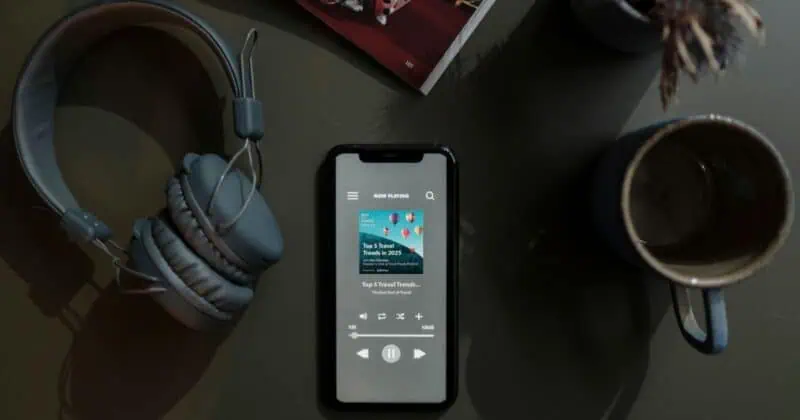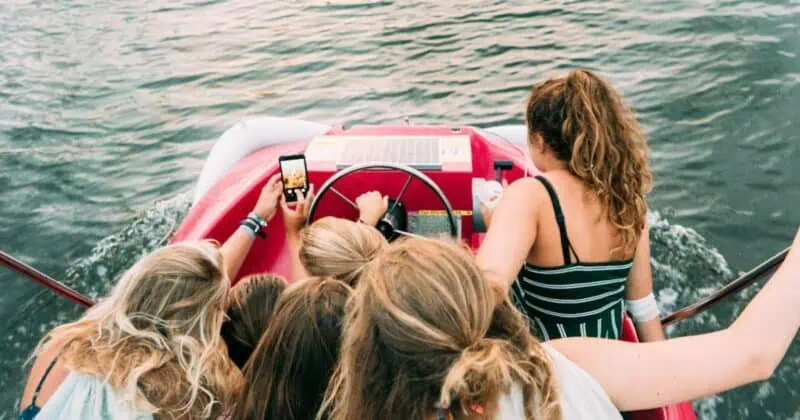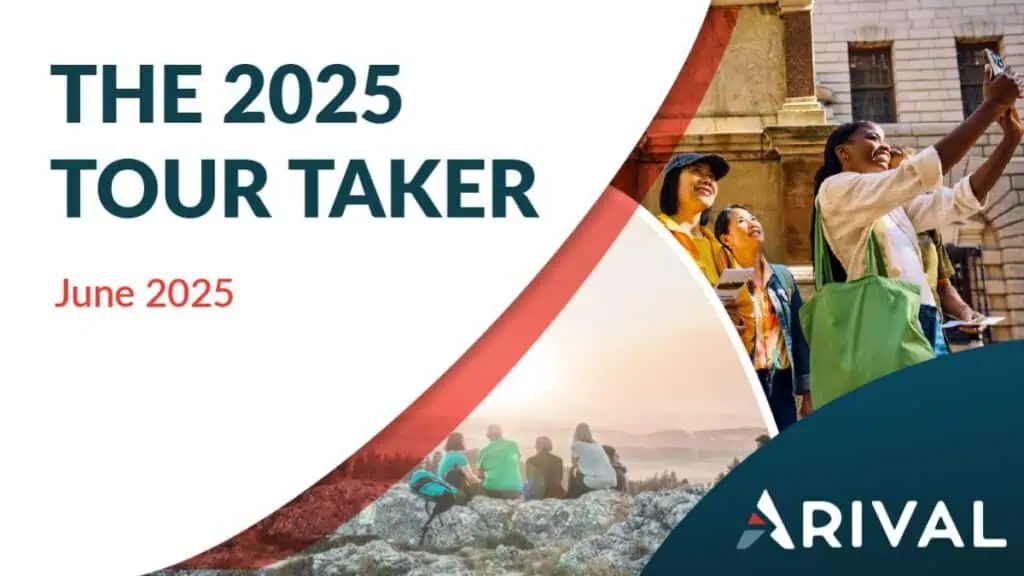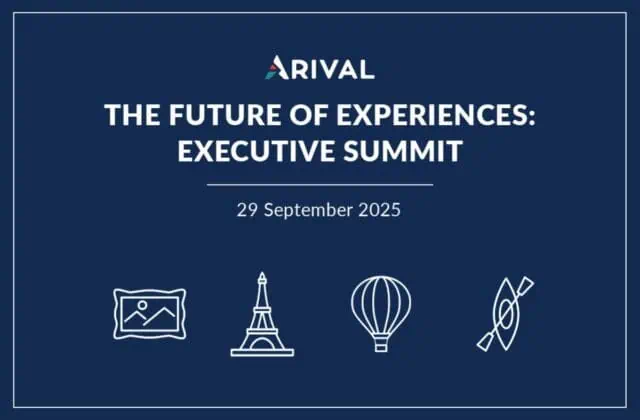With confidence returning, albeit unevenly, to international travel, the race is on to hoover up as much of the recovering demand as possible.
And when it comes to short-term demand capture, no channel compares with the near-instant results of search pay-per-click advertising (PPC). High-intent, keyword driven, bottom of the funnel — there’s a reason that search ads have propelled Google to one of the biggest corporations on earth: they just work.
Or do they?
Search-engine marketing can be eye-wateringly expensive

For a large swathe of multi-day tour operators the answer is less clear cut. In fact, there are a number of factors unique to this segment that can make search PPC a non-viable channel for many advertisers.
Firstly there’s the eye-watering cost per click (CPC). Multi-day tours are big ticket products with high average booking values, so it’s logical that advertisers are prepared to spend big. In competitive destinations and activities the CPC can reach $7 and above. Great for Google, not so great for everyone else.
Then, having spent $7 for a single click to a website, the chances of people converting on their first visit are miserably low. Given the nature of the product, it’s natural that people take their time, do their research, and shop around. This makes a conversion rate of just 3% perfectly typical for multi-day PPC — the remaining 97% is what keeps marketing managers up at night.
And finally, an awkward reality of FIT and custom tours is that websites typically generate leads, not e-commerce bookings. Sales are often completed offline after a process of consultation and customization.
30 September – 3 October 2025
Insider Pro Access Members Save 20%
THE event of the year for solutions-focused In-Destination Experience creators and sellers
Get Your Spring Savings Ticket Today!
This means there’s a second conversion rate to factor in — the actual sale close rate. With quality leads and a good sales team, an operator might close one in five leads (plus or minus a lot, depending on factors like brand recognition, previous and returning clients, and so on).
If we plug some of these broad brush numbers into an ROI calculation we start to see the scale of the problem.
At $6 per click and a 3% website conversion rate, an operator spending $5,000 per month on Google Ads would receive roughly 25 leads for their ad spend.
If they close one in five leads that would shake out at just five bookings, with a cost per booking of around $1,000. That’s purely the cost of the ad spend, excluding the expense of someone running the campaigns, the costs of a website, content, and so on.
That sounds like a lot. It is a lot! But perhaps not coincidentally that’s exactly what you’d pay an OTA or agent for a two pax $5,000 trip — 20% commission.
Optimize for Conversions

With economics like this, search PPC was a tough channel for multi-day operators even before Covid. Now, with resources stretched and confidence and booking rates still weak, it just doesn’t stack up.
But…
Adjust those variables and some interesting things can happen. It doesn’t take an enormous leap on the sale close rate — say from 20% to 25% — to shave several hundred dollars off the average cost per booking.
Likewise, lift the website conversion rate from 3% to 5% and, all other things being equal, the number of leads jumps from 25 per month to around 42. Maintain a one in five close rate and the eventual cost per booking falls from $1,000 to $600 — a 40% cost saving.
This sounds great in theory, but nearly doubling website conversions from three to 5% is a huge and complex challenge, involving product and content development, pricing strategy, integrated marketing channels, and much more. (For a deeper dive on this see this excellent post by Trekksoft’s Nicole Kow.)
One of the most important levers is conversion rate optimization (CRO). Big sites run A / B split tests all the time, comparing everything down to the colour of a particular button and promoting the winning feature to the main site. There’s an entire industry around CRO, with sophisticated software and expensive consultants to help you find the perfect label for your enquiry form.
The problem for most operators is that a single A / B split test needs at least 1,000 users to be statistically useful, and few multi-day tour operators have either the resources or sufficient traffic to optimize to that level.
Is it yet another way that smaller operators are disadvantaged? Perhaps not.
Many Sites Lack Effective Product Pages

The good news is that few operators need to optimize at that level. I look at dozens of operator websites every week and the overwhelming majority lack even the basics of effective, conversion-oriented product or tour listing pages.
In fact there’s a tried and tested template for multi-day tours that generally works pretty well. Spend any time comparing bigger operators’ sites and you’ll see the common themes:
- A super compelling, attention-grabbing hero image. This often takes up most of the screen above the fold. Ideally, it reflects some aspect of the actual experience, rather than a generic destination photo. High-impact, quality images here are essential;
- A prominent, easily-scanned product summary covering the essential details: trip duration, price, key destinations and headline experiences;
- A concise tour description — lots of operators take this in the wrong direction. Visitors don’t read this first, but they will come back to it before they convert. Either keep it concise or, better, hide it behind a read more toggle;
- Either a day-by-day itinerary description or, for FIT and custom tours, a panel of the main experiences and activities in each location. With either format, the images are key — make them as arresting as possible, don’t rely on whatever the supplier has provided. Text descriptions are obviously important, but as above, keep it concise — people typically scan past this until they’re actually ready to convert;
- Accommodation details — depending on the product or audience this can be the main conversion trigger;
- Tour inclusions and essential information. These are the booking and reservation terms, guarantees — anything that a potential customer might need to know.
- Probably the most important, but most overlooked, element — social proof, and lots of it. Reviews, badges, accreditations, memberships, guarantees, and so on. You can’t really go overboard with this, especially around CTAs and forms;
- And finally, the technical essentials — super fast page load speeds, fixed CTAs and mobile responsive designs.
Getting these page elements and content types onto product pages is entry-level conversion rate optimization.
But even hitting these bare basics can be a challenge. There are a number of solutions, such as itinerary builders and landing page tools, but few are geared up specifically for the complexities of multi-day tour products, or have the benefit of years of rigorous conversion rate optimization.
It’s for this exact reason that we have released HorizonLabs, a website integration that provides advanced page templates that can be customized and plugged into any website. Based on designs optimized over many years at Horizon Guides, HorizonLabs templates offer enterprise-grade CRO for all tour operators, regardless of size, budget or sophistication.
Sign up to receive insights tailored for the in-destination industry as well as updates on Arival.
